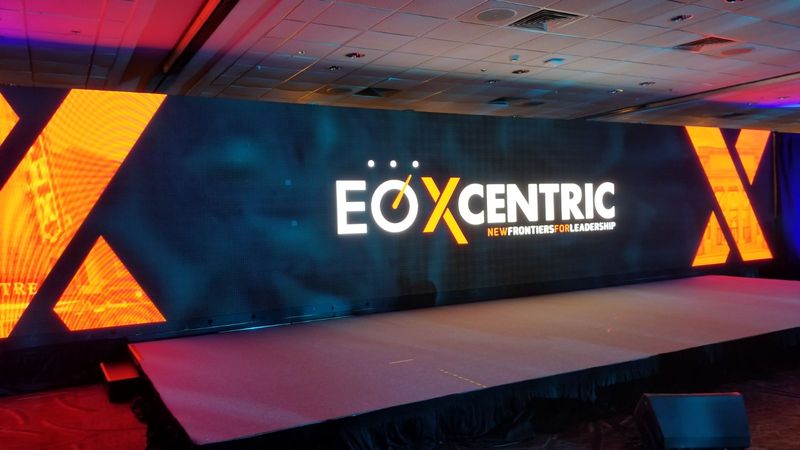Investigating the Longevity of Light Emitting Diode Wall Screens in Contrast to Traditional Screen Technologies
Investigating the Longevity of Light Emitting Diode Wall Screens in Contrast to Traditional Screen Technologies
Blog Article
Light-emitting diode wall screens have become increasingly favored in current years, especially in settings like educational institutions, corporate spaces, and community areas. These screens use LED lights (LEDs) to create vivid and lively visuals. One of the most significant advantages of LED innovation is its longevity in contrast to traditional display technologies, such as CRT ray tubes (CRTs) and liquid display screens. Grasping the differences in duration and functionality between these options can help consumers make knowledgeable choices about their screen needs.
Traditional screen technologies, like CRTs, have been present for many years. They were frequently used in televisions and computer monitors. However, CRTs have a limited lifespan, generally lasting around 10,000 to 20,000 hours of operation. This means that after a few years, consumers may notice a deterioration in picture quality, such as fading or color distortion. In contrast, LED panel screens can last significantly longer, frequently exceeding 50,000 hrs. This extended duration means that consumers can experience consistent performance without the need for frequent substitutions.
Another crucial factor to take into account is power efficiency. LED wall screens consume less power than conventional screens, which not only helps the environment but also lowers electricity expenses. For instance, while a CRT monitor may use approximately 100 W of power, an LED panel can consume as led panel color rendering index few as 30 to 50 watts. This difference in power usage adds to the overall longevity of LED innovation, as reduced power usage generates minimal thermal energy. Excessive heat can harm electrical components, leading to a shorter duration for conventional displays.
In addition to their extended duration and power efficiency, LED wall screens also provide superior image quality. They provide more vivid colors and improved differentiation, making them perfect for various applications, from marketing to learning presentations. The technology behind LED panels enables for a broader viewing perspective, meaning that visuals remain clear and vibrant even when seen from the flank. This is a major advantage over traditional screens, which frequently experience from color distortion and reduced luminosity at broader angles.
In summary, the durability of LED panel screens compared to traditional display methods is a key factor for consumers to consider. With durations that can exceed 50,000 hrs, energy efficiency, and enhanced visual clarity, LED innovation provides many benefits. As technology continues to progress, LED panel screens are probably to turn even more common in multiple settings. Understanding these differences can help people and entities make improved decisions when purchasing in display technology, ensuring they receive the optimal value for their needs.
